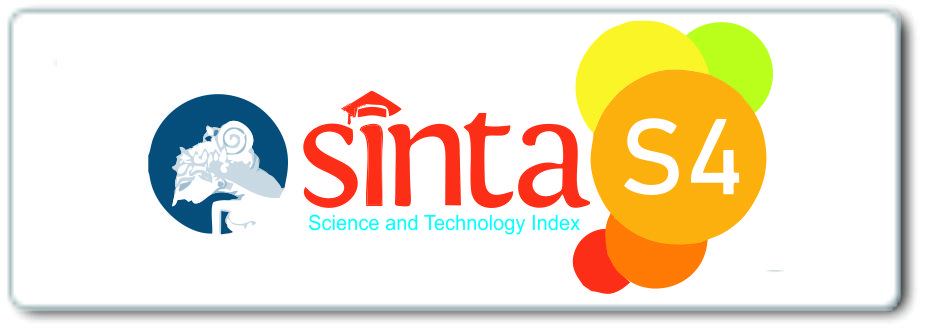THE EFFECTIVENESS OF METHOD, VIDEO, IMAGE, AND SONG ON HAND WASHING BEHAVIOR IN 1ST-3RD GRADERS OF SDIT PERMATA MULIA MOJOKERTO
DOI:
https://doi.org/10.29082/IJNMS/2018/Vol2/Iss02/133Keywords:
video, image, song, hand washingAbstract
ABSTRACT
Introduction: Hand washing is an activity of removing microorganism from hand using soap and flowing water. Video, image, and song methods are the ones that can be used for school-age children to provide health education about hand washing. The objective of research was to find out the effectiveness of video, image, and song methods on hand washing behavior. Method: This study was a research using Pre-experiment design with pre-post test design, the one using causal relationship without control group participation. The population of research consisting of 90 students. Technique of analyzing data used was to compare mean scores of video, image, and song methods. Result: The result of research showed that the mean score of hand washing ability in video group was 2.183 before intervention and 5.727 after intervention; there was an increase by 3.545 point in the mean score of hand washing ability. In Image group, the mean score of hand washing ability was 2.273 before intervention and 4.545 after intervention; there was increase by 2.273 in the mean score of hand washing ability. Meanwhile, in song group, the mean score of hand washing ability was 2.273 before intervention and 6.00 after intervention; there was increase by 3.727 in the mean score of hand washing ability. Analysis and Discussion: Respondents in song group had highest increase in the hand washing ability compared with those in video and image groups. Song method could be an alternative choice for hand washing practice.
Downloads
References
Infodatin, 2014. Indonesian Health Data and Information Center. Jakarta: Ministry of Health RI
Hidayat, A. 2005. Introduction to Child Nursing. Jakarta: Salemba Medika
WHO. 2009. Clean Hands Protection.
http://www.who.int/gpsc/clean_hands_protection/en/. (January 22 2016)
RI Ministry of Health. 2011. Bulletin of Health Data and Information Window. Jakarta: Ministry of Health RI
Notoatmodjo. 2007. Pendidian and Health Behavior. Jakarta: Rineka Cipta
Wijanarko, J. 2005. Educating Children to Educate Emotional and Spiritual. Jakarta: Gramedia Library
Rachmayanti S. D. (2009). The use of puppet stage media in personal hygiene education is washing hands using soap in running water. Department of Health Promotion and Behavioral Sciences. Public Health Faculty of Airlangga University Surabaya.
Cahyani Cupuwatie, 2010, Gender Relationship with Student Handwashing Stage at Practicum in the Laboratory of Microbiology, Faculty of Medicine, Sebelas Maret University, Surakarta. Saturday, June 25, 2016 at 9.47 WIB. Library.uns.ac.id
Mubarak, W.I., Chahayatin, N., Rozhikin, K., Supriyadi., (2007), Health Promotion an Introduction to Teaching and Learning in Education, Graha Ilmu: Jakarta
Ismaniar. (2010). Methods of developing early childhood healthy living behavior. Scientific Journal of Educational Sciences, 10 (2): 36-41.
Downloads
Published
Issue
Section
License
Authors who publish with IJNMS agree to the following terms
- Authors retain copyright licensed under a Creative Commons Attribution-ShareAlike 4.0 International License that allows others to share the work non-commercially with an acknowledgement of the work's authorship and initial publication in this journal.
- Authors are permitted and encouraged to post their work online (e.g., in institutional repositories or on their website) prior to and during the submission process, as it can lead to productive exchanges, as well as earlier and greater citation of published work (See The Effect of Open Access). Authors can archive pre-print and post-print or publisher's version/PDF.









_IJNMS.png)






